Fashion's Lolita
Corinne Day's "daisy-fresh" Kate Moss - Revisiting the woman-child in fashion photography
I recently saw The Face Magazine: Culture Shift exhibition at the National Portrait Gallery and saw Corinne Day’s infamous photographs of Kate Moss at 15 on a beach in Camber Sands. This photoshoot framed my dissertation which I was writing 2 years ago, it was titled Projections and Manifestations of the Woman-Child in the Early Fashion Photography of Corinne Day. Seeing these photographs blown up and framed, and having researched this topic again recently, had me reevaluating and revisiting my analysis of these images and of The Face magazine which was notorious for publishing child-like visions of women.
Day began her career with The Face in 1989 as a self-taught photographer. Her style of photography reflected the way she developed her practice, taking candid pictures of her boyfriend and friends “lying around bored and scruffy”; an intimate and informal style, capturing the nature of her sitters. This style became typical of the 90s, with a focus on youth culture in particular, rejecting the polished and luxurious look that magazines such as Vogue sold. A sub-movement arose from this style of photography called “heroin chic”, aligning with the promotion of anorexia, heroin abuse and poor health; with figures such as Kate Moss and Ewan McGregor’s character from Trainspotting becoming the archetype of the movement. Day was one of the photographers that helped launch Moss’s modelling career, contributing to the establishment of phenomenons such as the superwaif and heroin chic in fashion which Moss personified.
This era of fashion photography was defined by youth culture, so images of the woman-child spread across the pages of a magazine were unsurprising. According to Morna Laing’s study of the woman-child in fashion photography, these images included symbols and traits such as “sweets and toys; vulnerability; childlike behaviours, such as tantrums, playing or playfighting, Freudian ‘polymorphous’ sexuality; intertextual reference to fairy tales or Lolita; versions of the ‘superwaif’ or ‘Kinderwhore’; and ambiguity as to age.”1 Images of the woman-child don’t necessarily need to be so obvious or in your face like Lolita replicas but just the inclusion of these characteristics and symbols can transform a photograph or visual; a woman posing as a child (i.e. Miley Cyrus singing “fuck me so you stop baby talking” dressed like a baby in a crib in the BB Talk video) or a child expressing womanly qualities or mannerisms (i.e. Brooke Shields made to pose naked in Playboy at age 7). Day doesn’t project a typically girlish, Lolita-esque woman-child in her images nor does she make her sitter (15 year old Kate Moss) look older, the sexualised woman-child is instead constructed through symbols, poses and Day’s style of realism.
“I love reality - things like bad posture, vacant stares, shininess… they’re normal to teenagers. Women have forgotten what it’s like to be young,” - Corinne Day, i-D magazine, 2014
Day’s first cover shoot was the 1990 July issue of The Face titled The 3rd Summer of Love featuring a collection of gritty black and white photographs of 15 year old Kate Moss on the beach. This photo shoot, taken straight from the camera and unexpurgated, exudes a sense of freedom, joy and hedonism; the energy The Face wished to infuse and prescribe to their readers in a summer issue. Moss’s poses are unconscious, uncontrived and insouciant, as she often looks unaware of the camera. To embody the woman-child, it was essential that these images appeared uncontrived as the woman-child in fashion photography historically has played into this illusion; unposed and natural. The focus on the ordinary and uncompromised girl as opposed to being overtly aware of their sexuality is important as it allows the viewers to construct and project their own perceived ideas onto the models. Day’s photoshoot for The Face presents Moss, the young girl, who was simply captured in the moment; a documentary vision of youth. In one photograph, that was framed in the NPG’s exhibition is a portrait that captures Moss giggling, her eyes closed, her nose scrunched. Her face is framed with two thin braids while the rest of her hair is out and flowing freely. She is wearing a loose white top with two long daisy chains around her neck. Daisy chains are a symbol of quintessential girlhood and reminiscent of childish idle play. Nostalgia of childhood and freedom is evoked in this photograph, daisies also allude to childhood innocence and purity. In Vladimir Nabokov’s 1955 novel Lolita, the line “I was a daisy-fresh girl, and look what you've done to me.”2 uses the term “daisy-fresh” as a metaphor for Dolores Haze’s childhood innocence and sexual purity. The quote implies her loss of this innocence after Humbert sexually abuses her for the first time. Related to Nabokov’s quote and the purity that daisies symbolise, the daisy chains around Moss’s neck thus represent the innocence of the girl captured in the image. This allusion to childhood through a sense of purity and nostalgia to childhood encapsulates the figure of the woman-child.
Where this photoshoot really leans into the woman-child, however, is the nude photographs published in the spread. In the first, Moss is hunched over, giggling and playfully shielding her naked body with her arms and a straw sun hat. This photograph, where she is desperately trying to cover her body, captures the embarrassment Moss felt at the time, stating she never wanted to be topless and cried a lot afterwards. Her laughing mirrors her young age, laughing to shield her true feelings perhaps. In the second photograph Moss is topless with only a black mini tube skirt, a thin beaded necklace and a feathered headdress. In contrast to the first, Moss appears more confident in her nudity but she is still playful and laughing; still appearing in a child-like manner. The woman-child is present in these images as Moss was a child expected to perform as both child and woman, her age is obscured creating a sense of discomfort when viewing these images. Although these photographs are not overtly or assertively sexual, they are still naked images of a 15 year old girl published in a magazine for a very large audience of mostly men. At the time this issue of The Face was published, 62% of readers were male as the content and culture they were promoting - the music and the fashion - was predominantly aimed at a male audience.3 Day’s line of argument, I would assume, might be that teenage girls would take their top off on the beach to tan, that it’s natural for a young girl but in the context of a magazine it is no longer just a teenage girl on a beach, it is a nude image of an underage girl printed in a magazine. Similar to 7 year old Shields in Playboy, neither Shields nor Moss were old enough to consent and were ultimately exploited, knowing the audience that was likely to view it, to project their gaze, ideas and fantasies onto.
The NPG did not highlight the nude images of Moss, nor did they display any other explicitly woman-child-esque images that The Face has published. In 1988, the July/August issue published a photoshoot by Mark Lewis called Guys N Dolls. One photograph printed across a double-page spread depicts a young girl, seemingly much younger than Moss was, reclining in a baby crib sucking her thumb and staring out at the viewer passively. The girl is half naked but concealed by the sheets of the bed and wearing a tulle ballet skirt. The photograph is overlaid with cutout flowers, love heart sweets with the words “crazy baby” and “dream girl”, a large red lollipop and the bold white letters reading “Guys N Dolls”. Below the image reads “Blue Movie”; a universal term to describe erotic or pornographic films. This photograph and magazine spread evidently portrays a sexualised image of adolescence with suggestions of pornography in conjunction with symbols of childhood through the imagery of sweets and the implication that a girl child is the “dream girl”. The composition of this photograph also imitates the imagery of the 1956 film poster for Baby Doll (directed by Elia Kazan) which features the nineteen-year-old “woman-child” lying on a French day bed with her thumb in her mouth. This kind of imagery of girls was not uncommon for The Face or exclusive to Day, although Lewis’s image of the woman-child is depicted more explicitly and sexually.
Day continued to portray the woman-child in her fashion photograph, gaining a reputation for her promotion of the sexualisation of children, particularly after the publication of her Vogue photoshoot Under Exposure and for her work with Sofia Coppola.
Thank you for reading!
This is an extract from my dissertation that I have reworked and refined. I hope to publish the entire dissertation soon, perhaps here… It was fun revisiting this piece especially after seeing the photographs at the NPG, it felt quite special.
Definitely see the exhibition if you're in London this month, it’s really great!
Bibliography:
Corrine Day, Autobiography https://www.corinneday.com/autobiography/
Morna Laing, Picturing The Woman-Child: Fashion, Feminism and The Female Gaze (London and New York: Bloomsbury Visual Arts, 2021)
Kate Moss, Kate Moss on Corinne Day: Subjective, Interview by Nick Knight (SHOWstudio, 2014) https://www.youtube.com/watch?v=pspJAkTq3sk&ab_channel=SHOWstudio
Vladimir Nabokov, Lolita, 2nd ed (Middlesex: Penguin Books Ltd., 1980)
Paul Jobling, Fashion Spreads: Word and Image in Fashion Photography Since 1980 (Oxford and New York: Berg, 1999)
Paul Gorman, The Story of The Face: The Magazine that Changed Culture (London: Thames & Hudson Ltd., 2017)
Morna Laing, Picturing The Woman-Child, 2021, p. 68.
Vladimir Nabokov, Lolita, 1955, p. 140.
Paul Jobling, Fashion Spreads, 1999, p. 38.





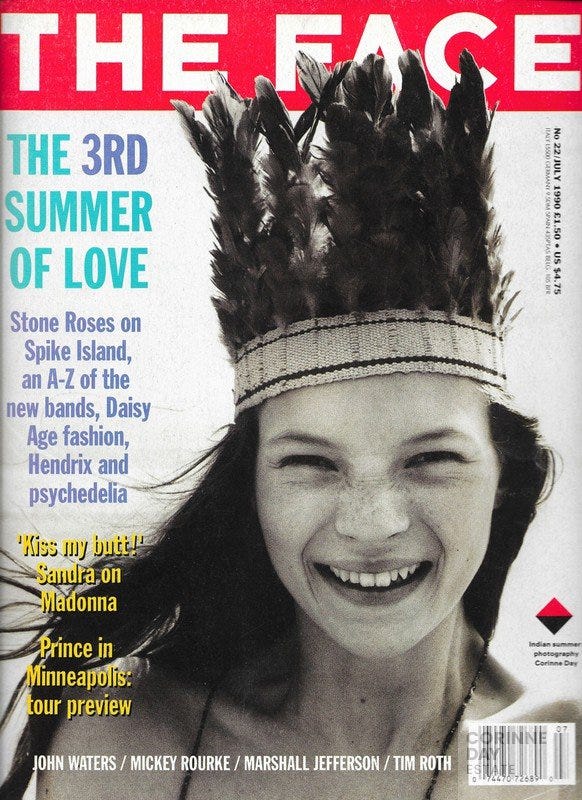
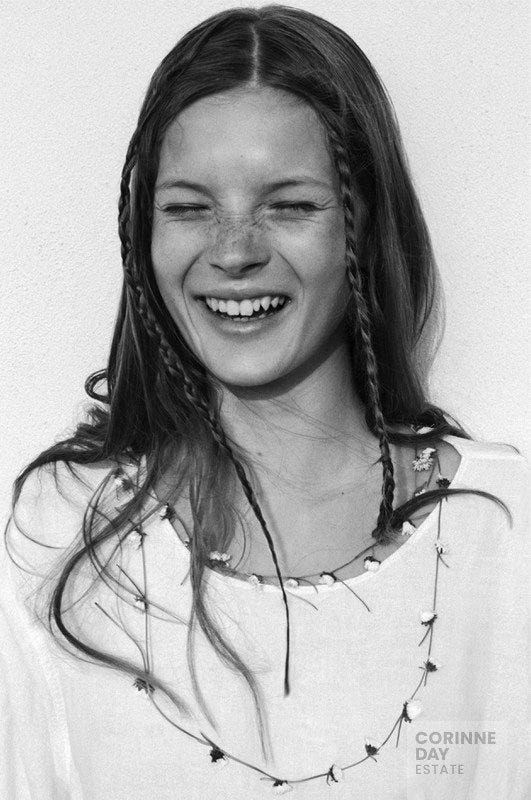
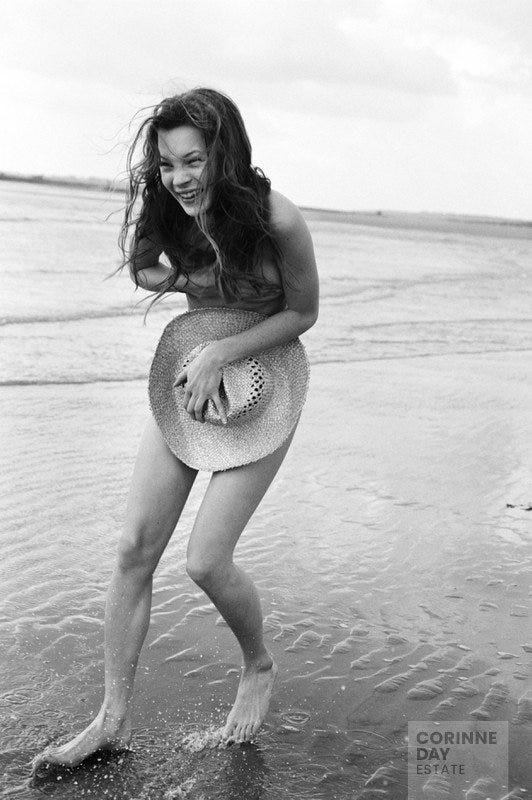
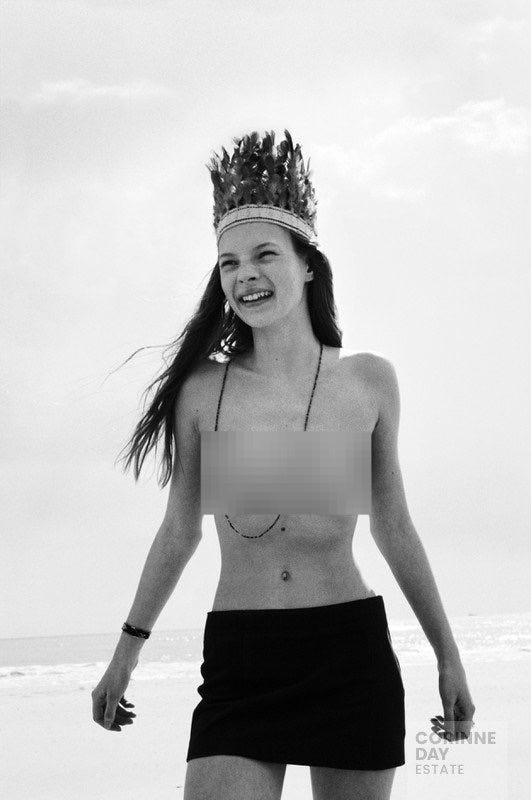

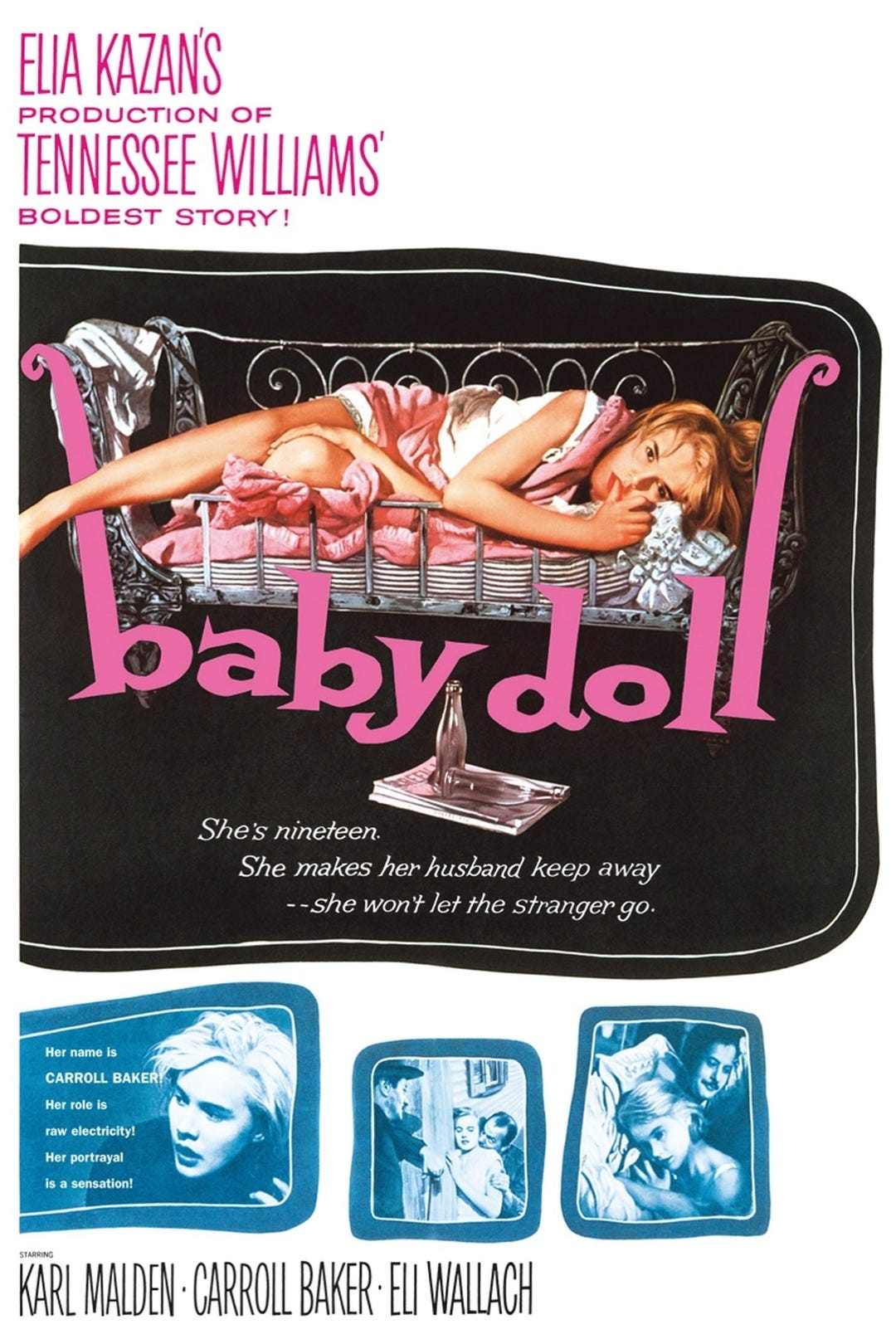
Powerful reading Bella. Really interesting and beautifully written, as ever X
ur writing is beautiful omg💓✨🩷❣️🐞i wld love if u cld feedback my piece as i’ve started writing again also i was thinking to have a writers chat wld be fun so let me know if u wld wanna be a part of it🙂↕️🙂↕️💓